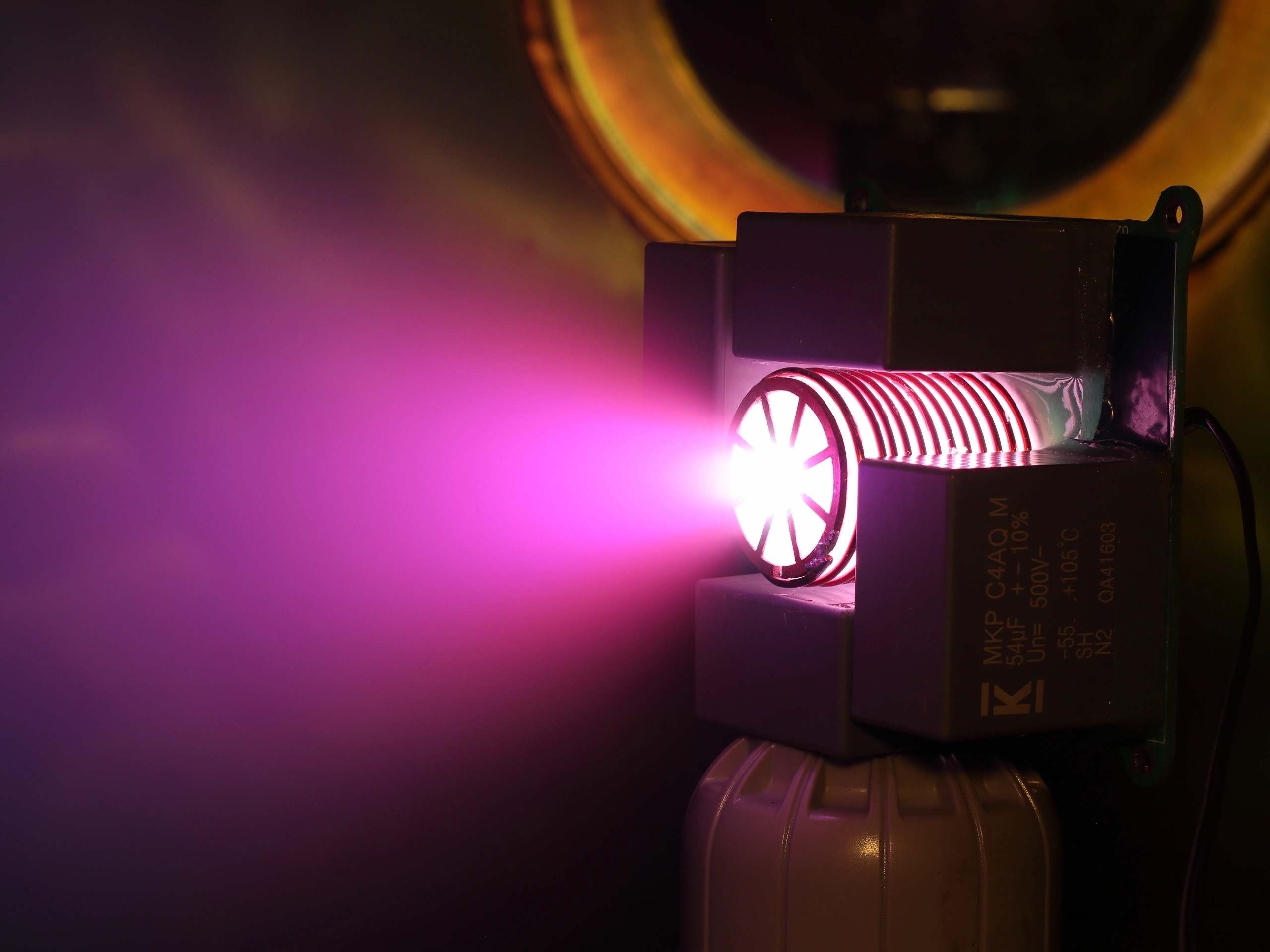Catalog
Search
431 products
View:
- Selected: 1Areas of use
- Selected: 0Item names
- Selected: 0Manufacturer
- Selected: 0Made in
- Selected: 0Additional
View:
431 products
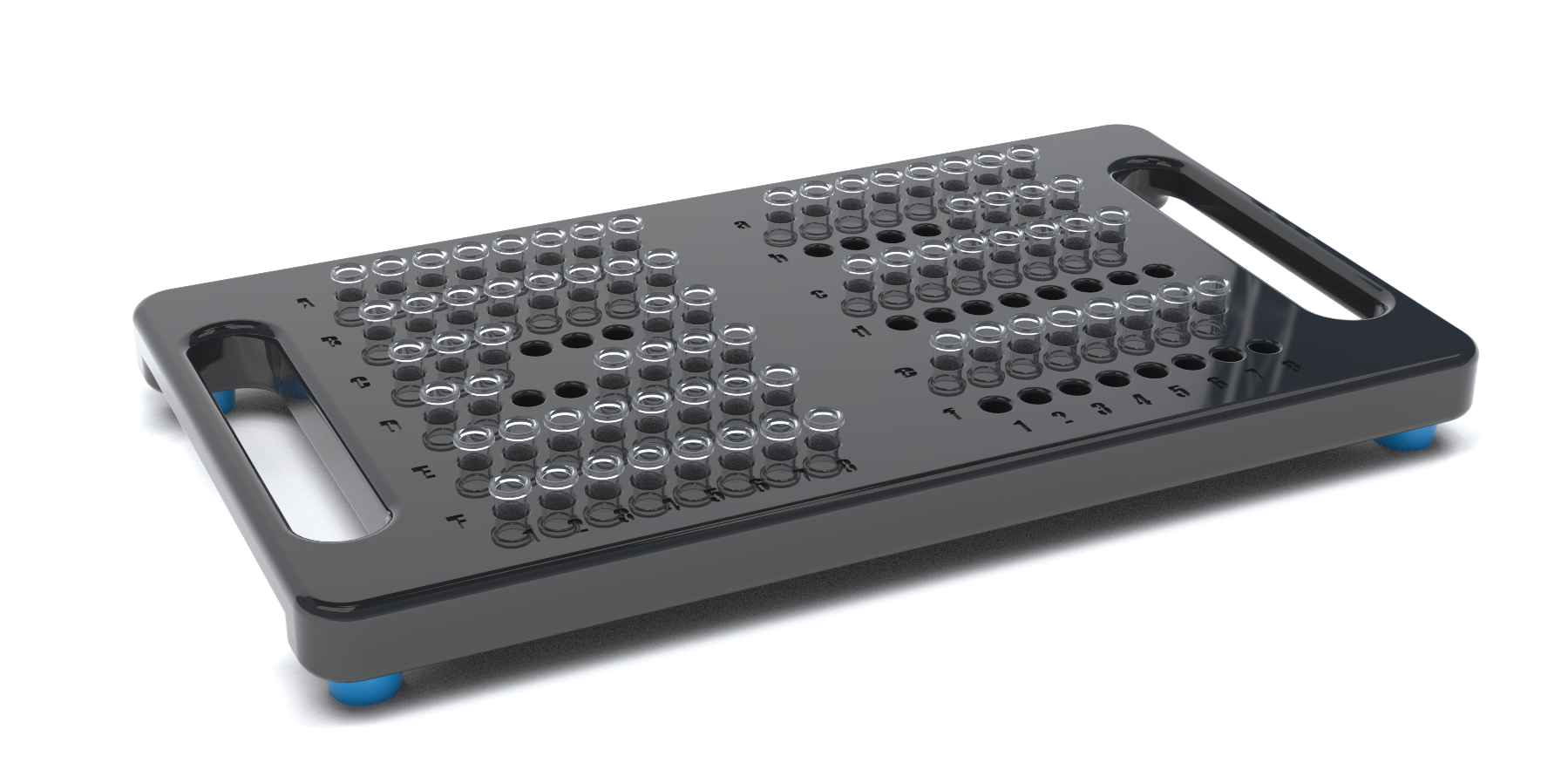
Tripod "workplace" for single and stripped 0.2 ml tubes, 96 seats
from
2 100 ₽
Tripod "workplace" for single and stripped 0.2 ml tubes, 96 seats
VIS MED
Berdsk
Produced in: Berdsk, Novosibirsk region
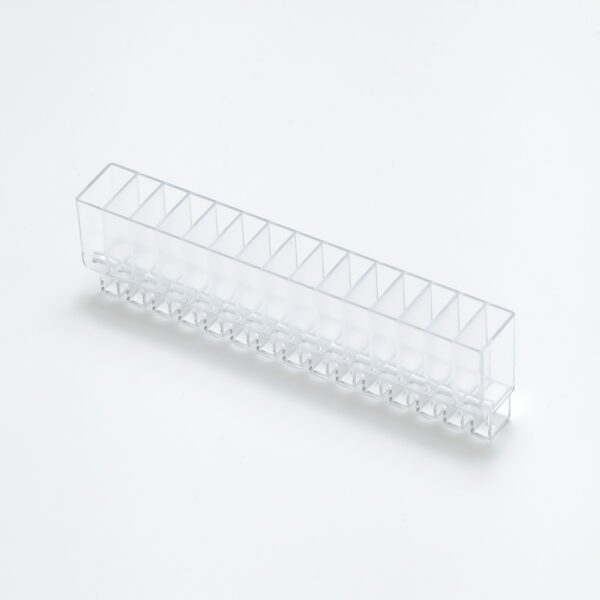
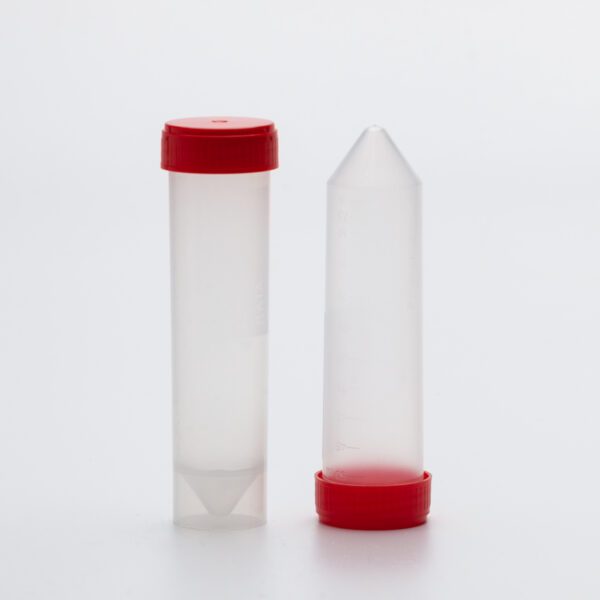
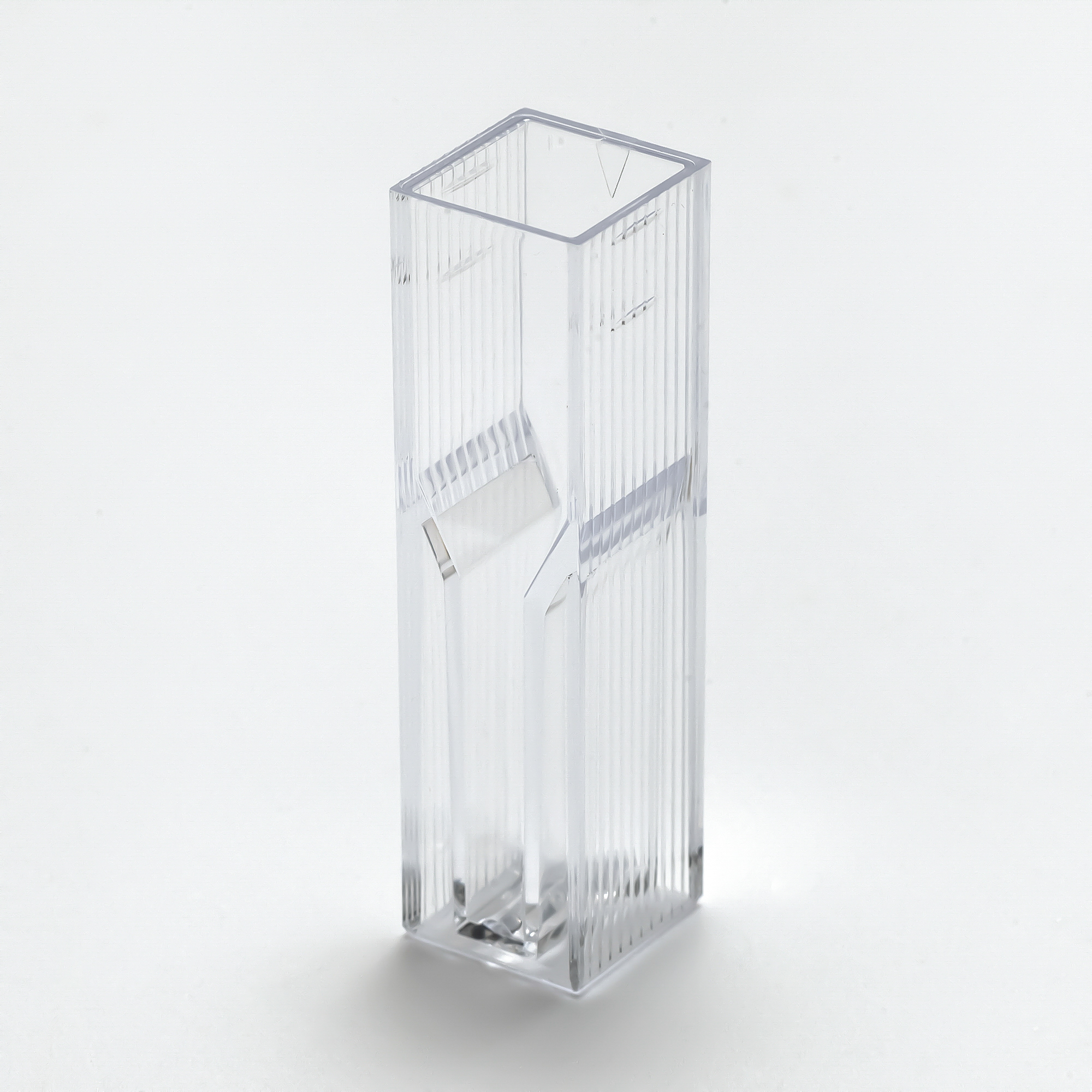
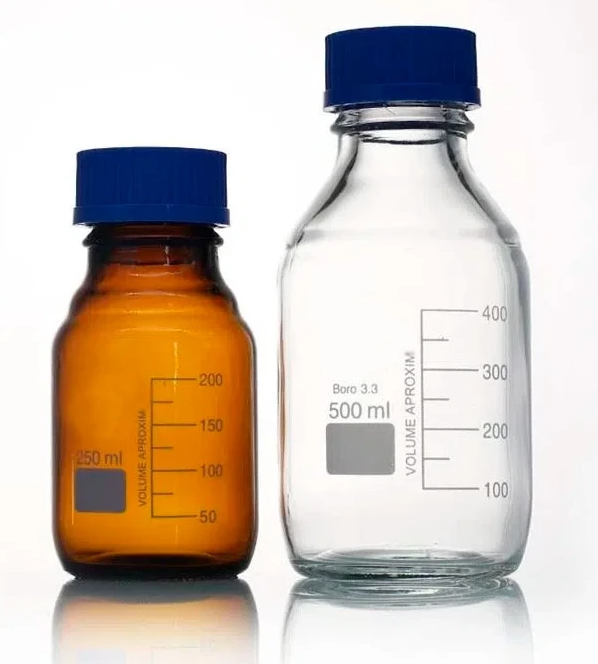
Primelab light glass reagent jar, 2000 ml
from
1 344 ₽
1 supp.
A jar for reagents made of light glass PrimeLab, 2000 ml - a sought-after item for work in laboratories, pharmacies and various industries. Suitable for bulk, liquid, volatile, chemically active and other substances. Made of durable glass, has a long service life.
Characteristics:
• Volume – 2000 ml
• Height – 260 mm
• Diameter – 136 mm
• Thread - GL45.
Primelab
Mytishchi
Produced in: Mytishchi, Moscow region
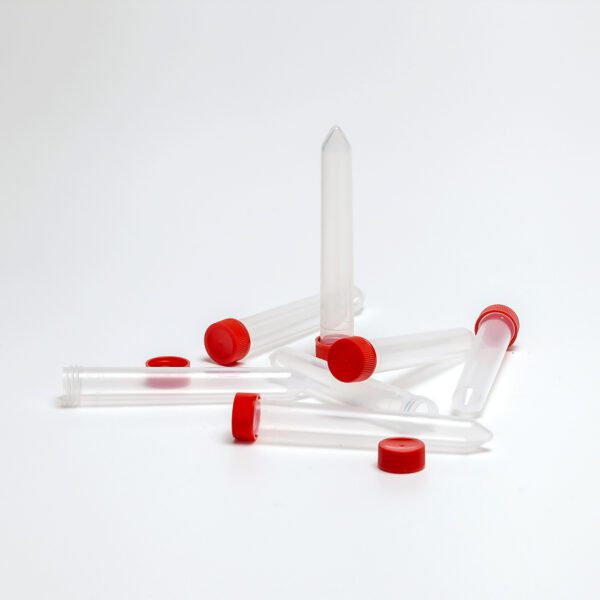
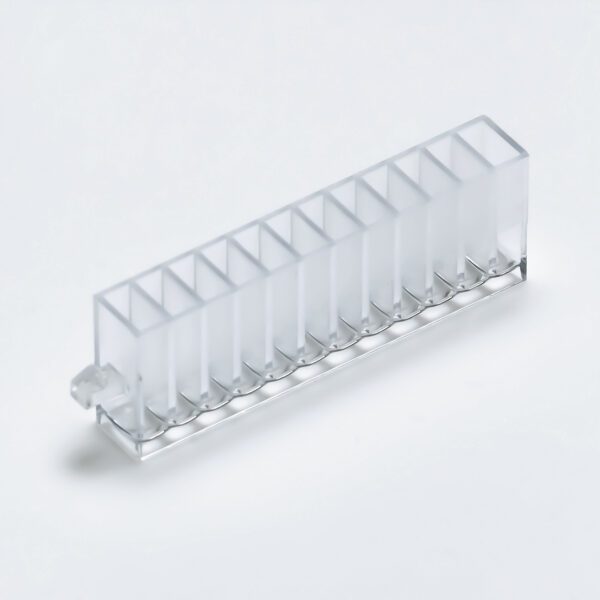
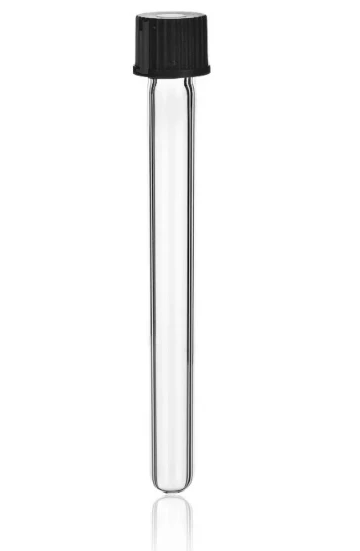
Round bottom tube with screw cap PrimeLab, 5 ml, 12x100
from
18 ₽
1 supp.
The PrimeLab round-bottomed tube with a screw cap is made of heat-resistant borosilicate glass, which can be exposed to temperature changes. Suitable for working with chemically active substances, toxic and even poisonous. Due to the lid, which is screwed onto the test tube in a screw manner, the contents are isolated from external influences and leakage.
The volume of the tube is 5 ml with a length of 100 mm and a diameter of 12 mm.
Primelab
Mytishchi
Produced in: Mytishchi, Moscow region
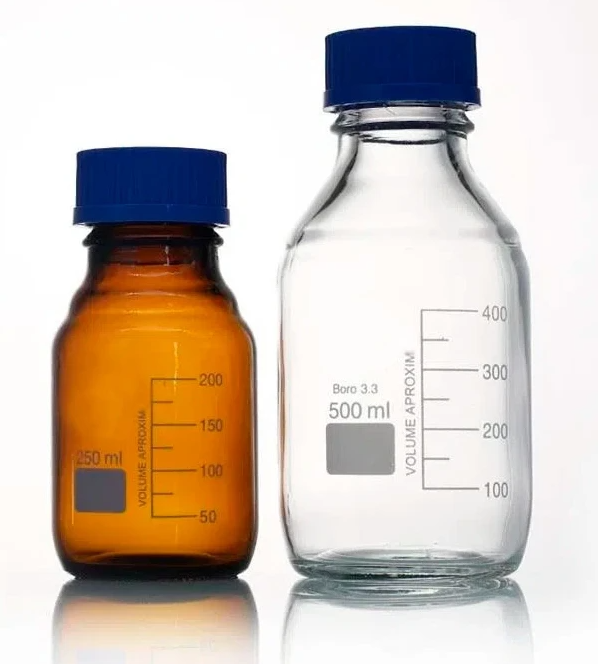
Primelab dark glass reagent jar, 1000 ml
from
368 ₽
1 supp.
PrimeLab dark glass reagent jar, 1000 ml, is actively used in laboratories, industries of various sizes and scientific organizations. Made of durable and opaque dark glass, providing reliable protection against ultraviolet radiation, which prevents oxidation of reagents. Ideal for storing and transporting light sensitive samples.
Characteristics:
• Volume – 1000 ml
• Height – 225 mm
• Diameter – 101 mm
• Thread - GL45.
Primelab
Mytishchi
Produced in: Mytishchi, Moscow region
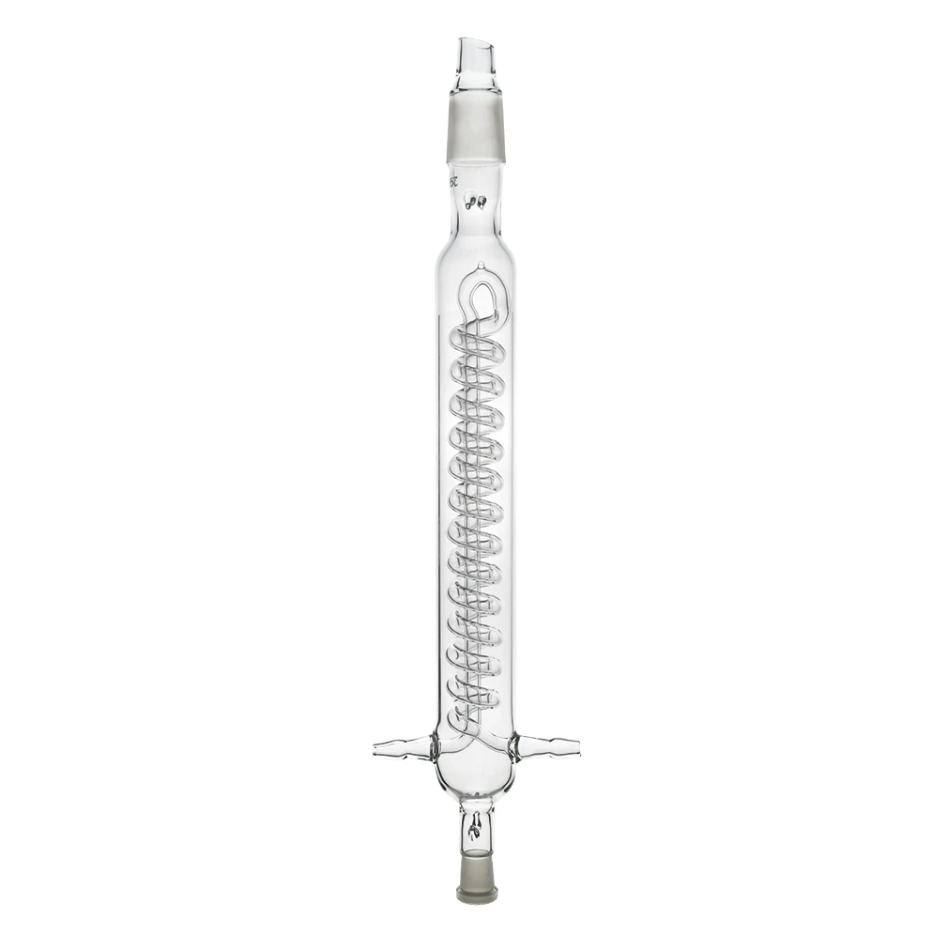
Refrigerator HSV-300-14/23-29/32 Primelab
1 supp.
Refrigerator HSV-300-14/23-29/32 Primelab is a laboratory device used for condensation of vapors formed as a result of boiling of the mixture. Equipped with a core grind (29/32) and a coupling (14/23), from where water is supplied to the cylinder, around which steam circulates. From the outside, the cylinder is affected by the cold room temperature. This creates the conditions for combined cooling. There are a total of 16 turns in the spiral, and the body length is approximately 30 centimeters with a diameter of 40 mm. The refrigerator is made by Primelab from high-quality borosilicate glass, resistant to mechanical stress. It is wear-resistant and has a long service life. The refrigerator can be manufactured according to individual customer specifications.
Primelab
Mytishchi
Produced in: Mytishchi, Moscow region
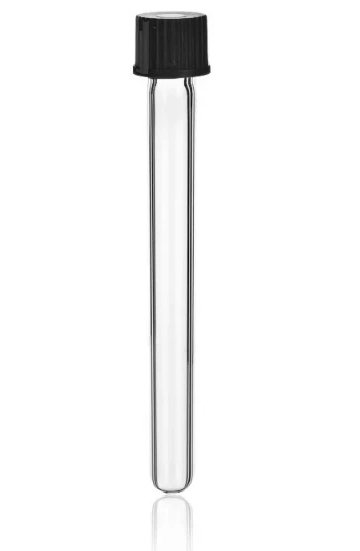
Test tube with screw cap PrimeLab, 10 ml, 16x100, round bottom
from
74 ₽
1 supp.
A test tube with a screw cap PrimeLab is a small laboratory container designed to work with substances whose volume does not exceed 10 ml. The length is 100 mm with a diameter of 16 mm. Made from thermally stable borosilicate glass 3.3, which is suitable for working with chemically active reagents. Designed for reusable use. Suitable for sterilization in various ways, including in a specialized autoclave. The included lid allows you to protect the contents of the tube from leakage and other elements.
Primelab
Mytishchi
Produced in: Mytishchi, Moscow region
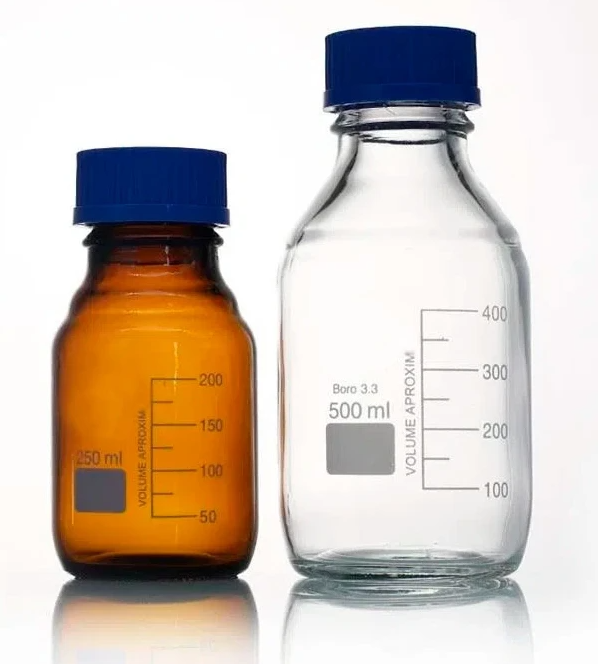
Jar for Primelab reagents, light glass, nav. plast. cap, 100 ml
from
168 ₽
1 supp.
Alonge AIO 29/32-19/26-65 TS Primelab is a strong, durable and reliable connecting component suitable for various laboratory installations and instruments. It has a side outlet and a curved shape with an inclination angle of 105°. At the end of the outlet there is an olive that provides a strong connection with the soft hose. Made from durable Simax borosilicate glass, which has proven itself in the best way during use. Has a long service life and excellent wear resistance. The total length of the device is 65 mm, of which 20 mm is on the narrow lower part with a diameter of 9 mm. The size of the coupling section is 19/26, and the core size is 29/32.
Primelab
Mytishchi
Produced in: Mytishchi, Moscow region
